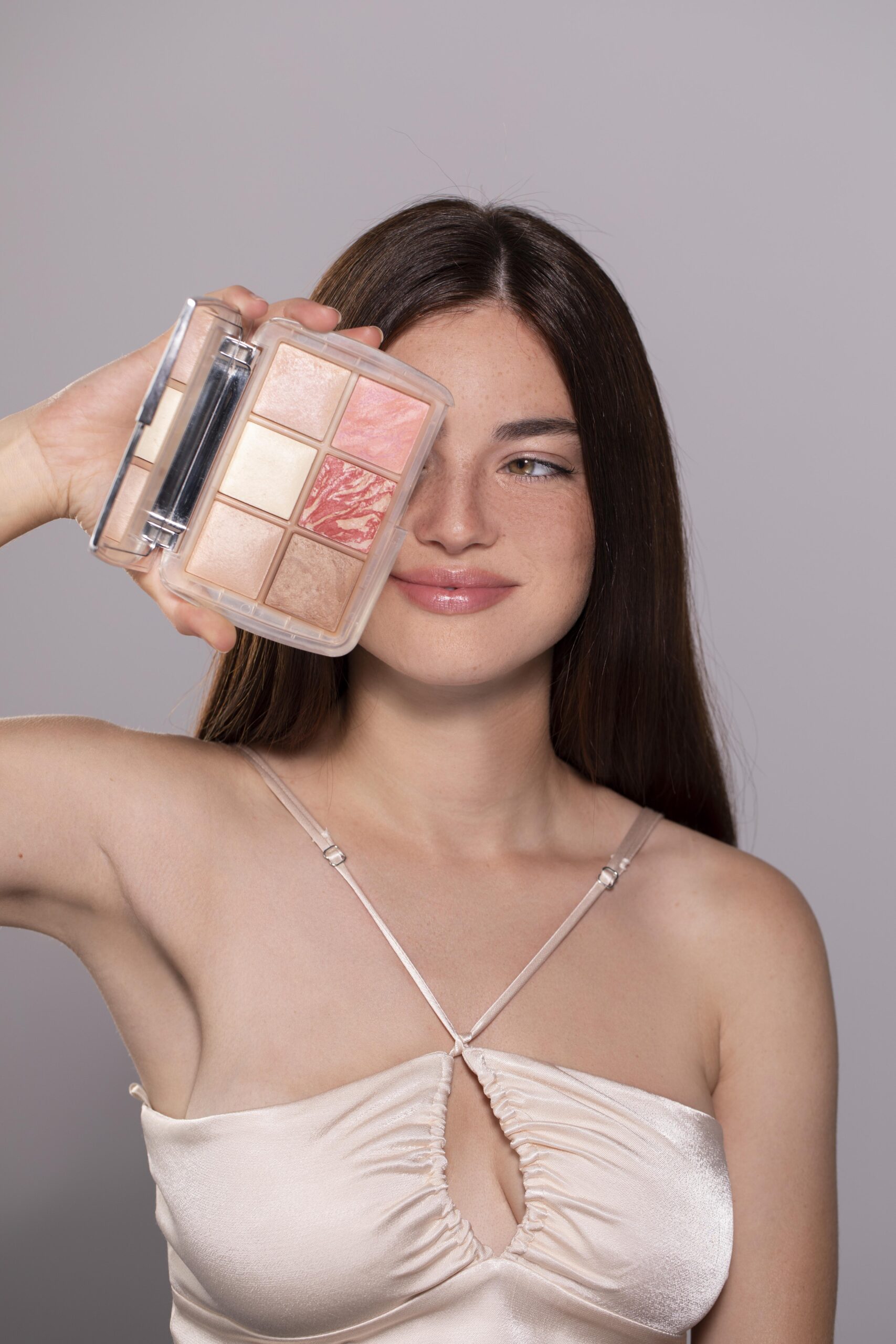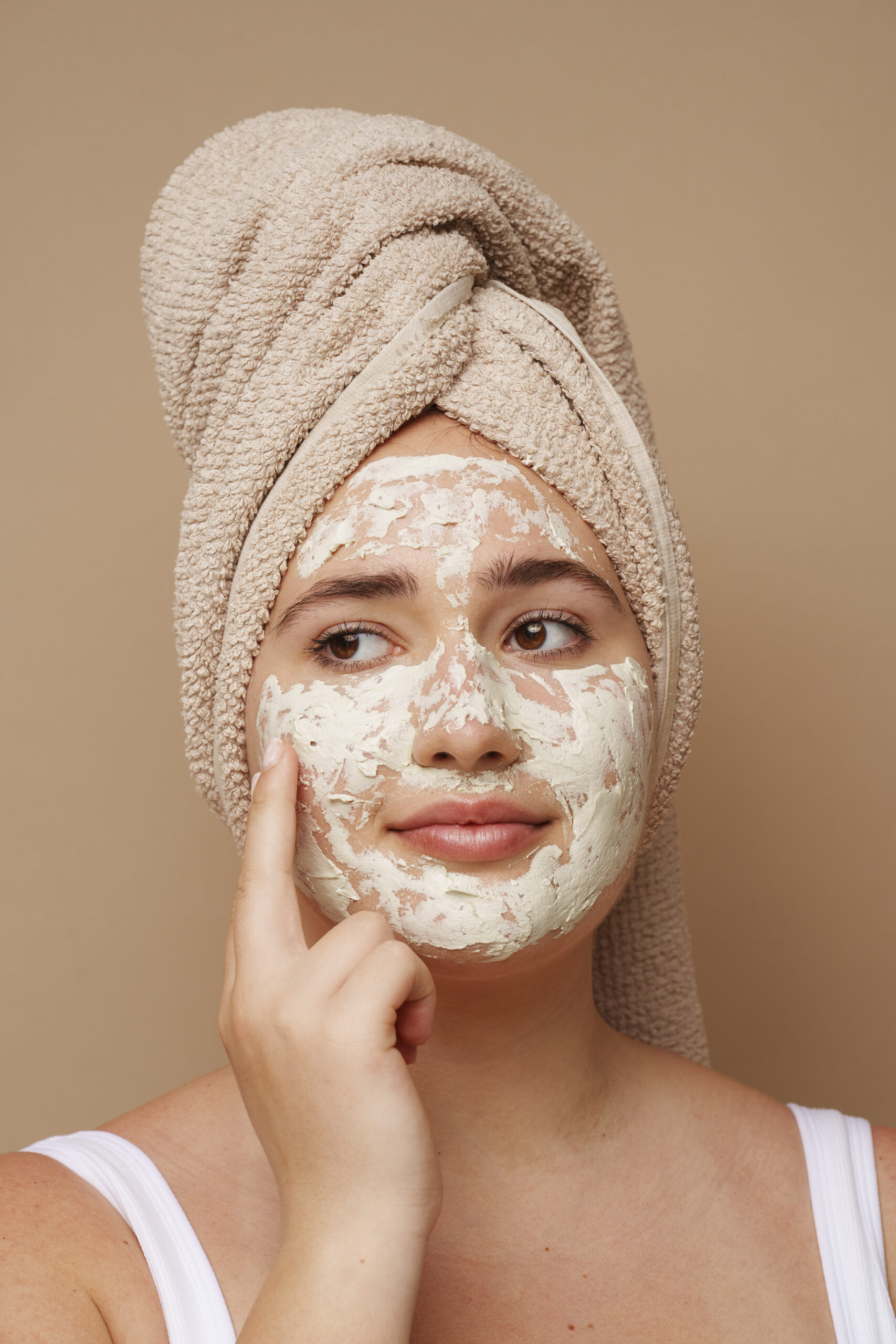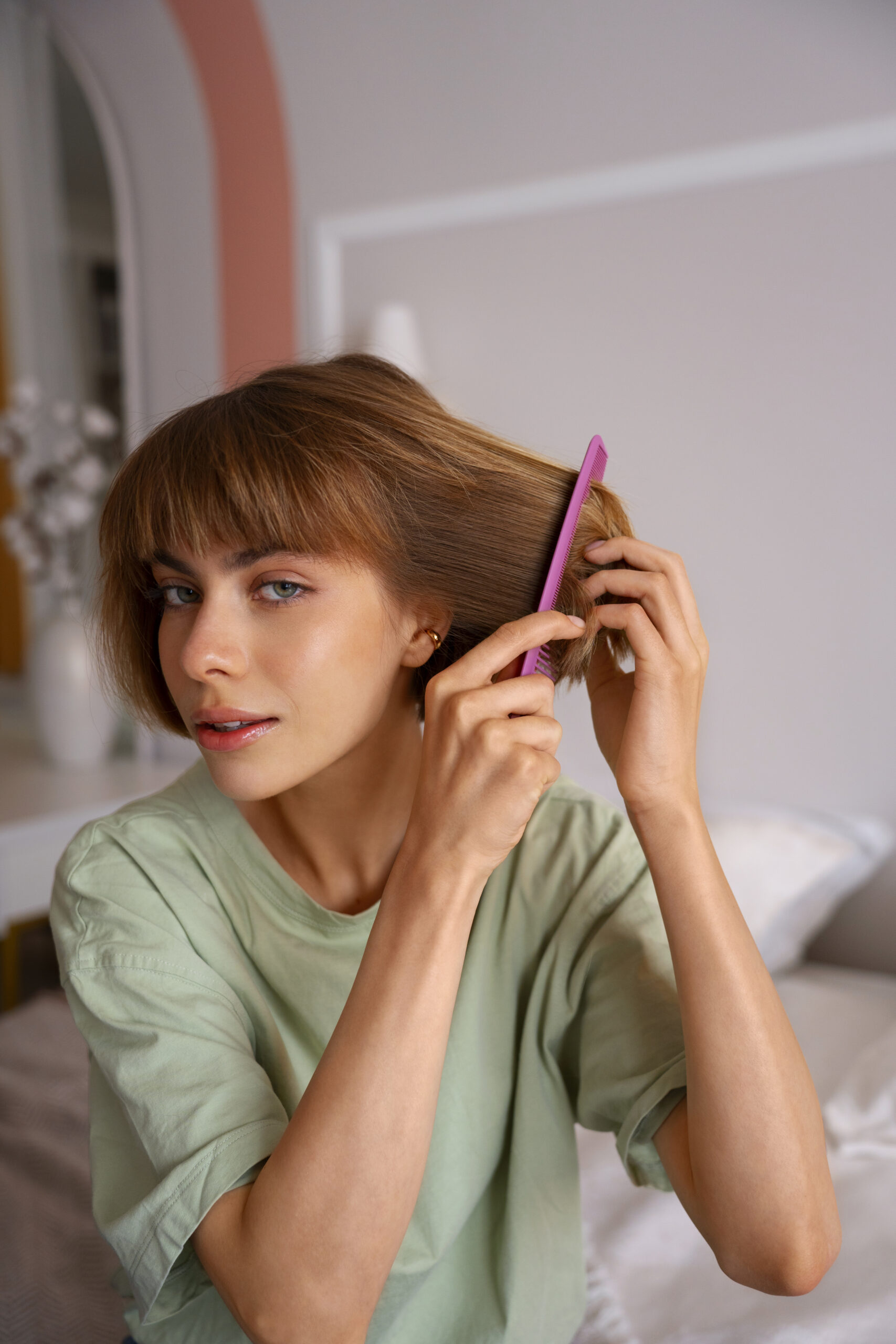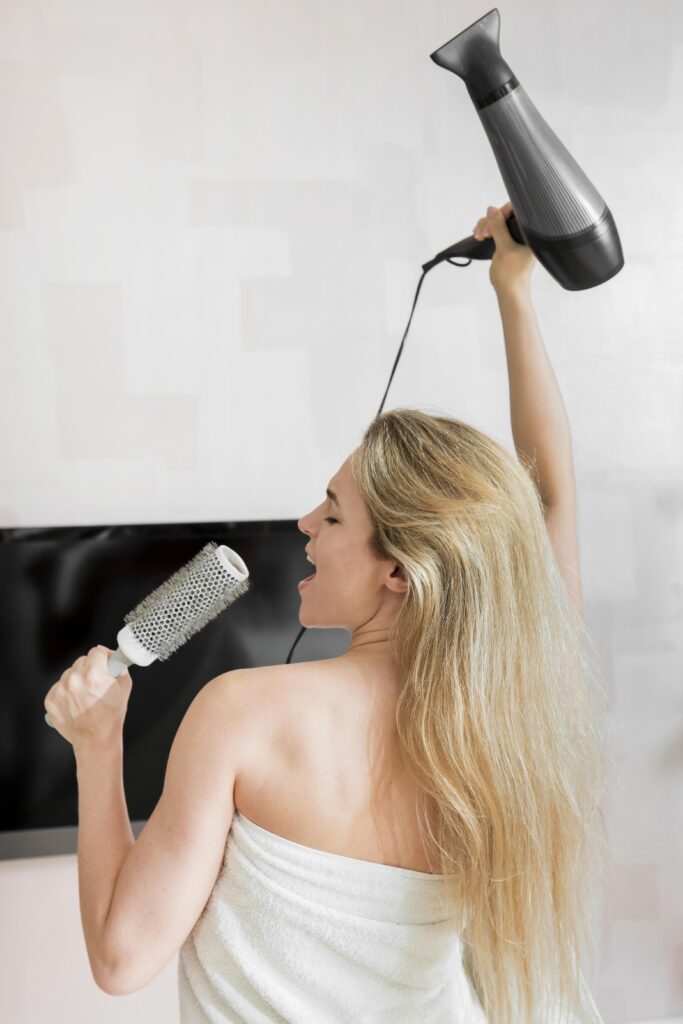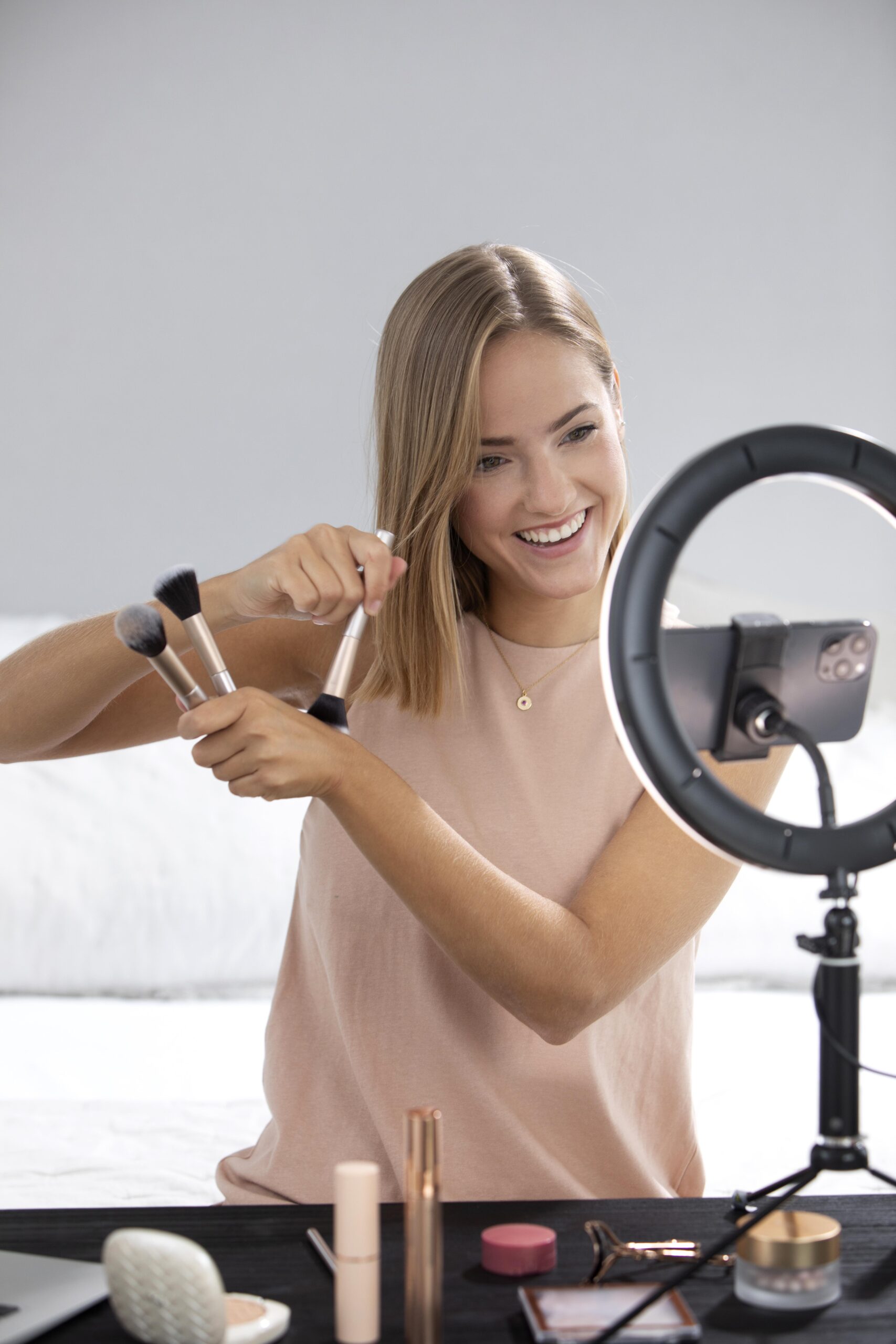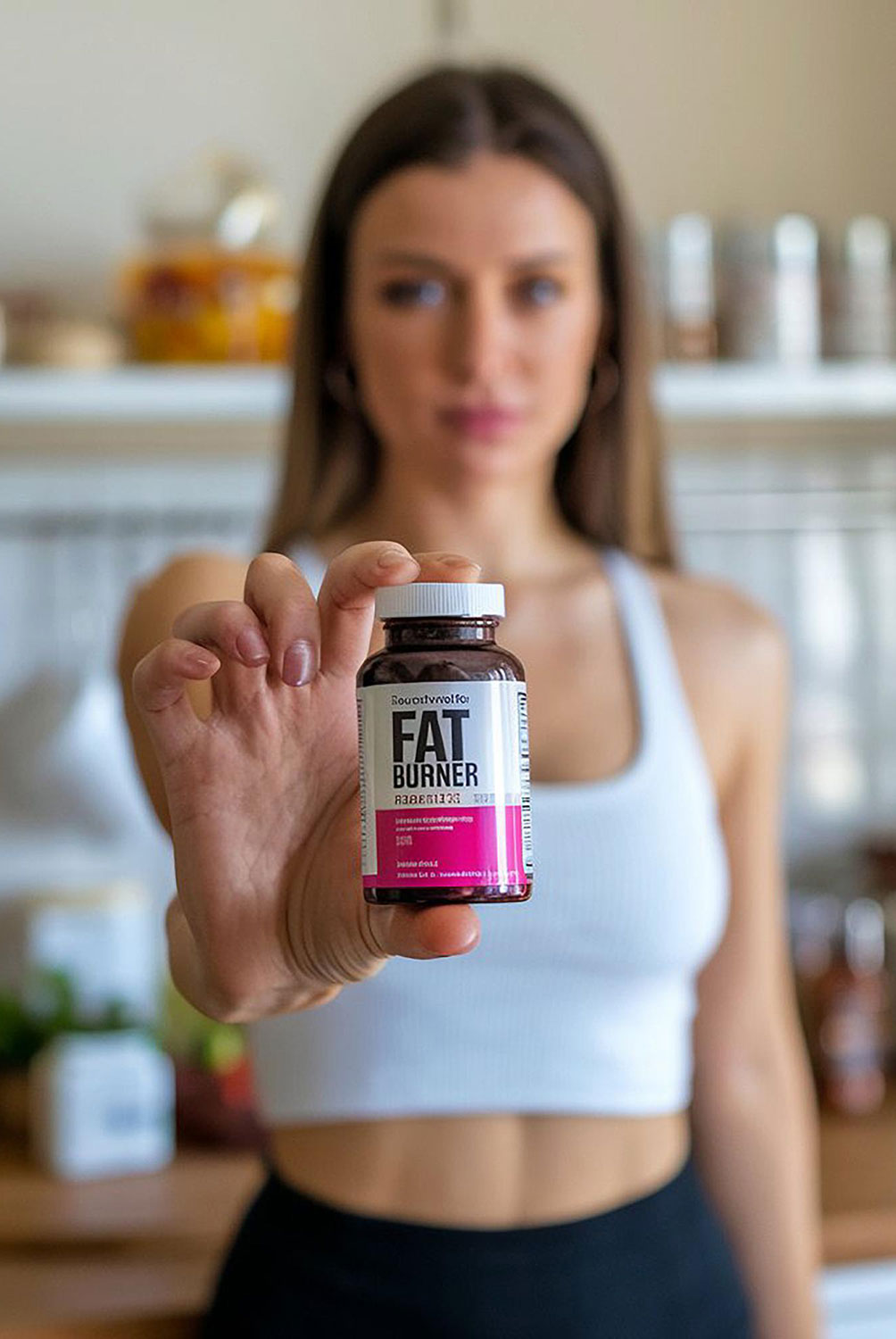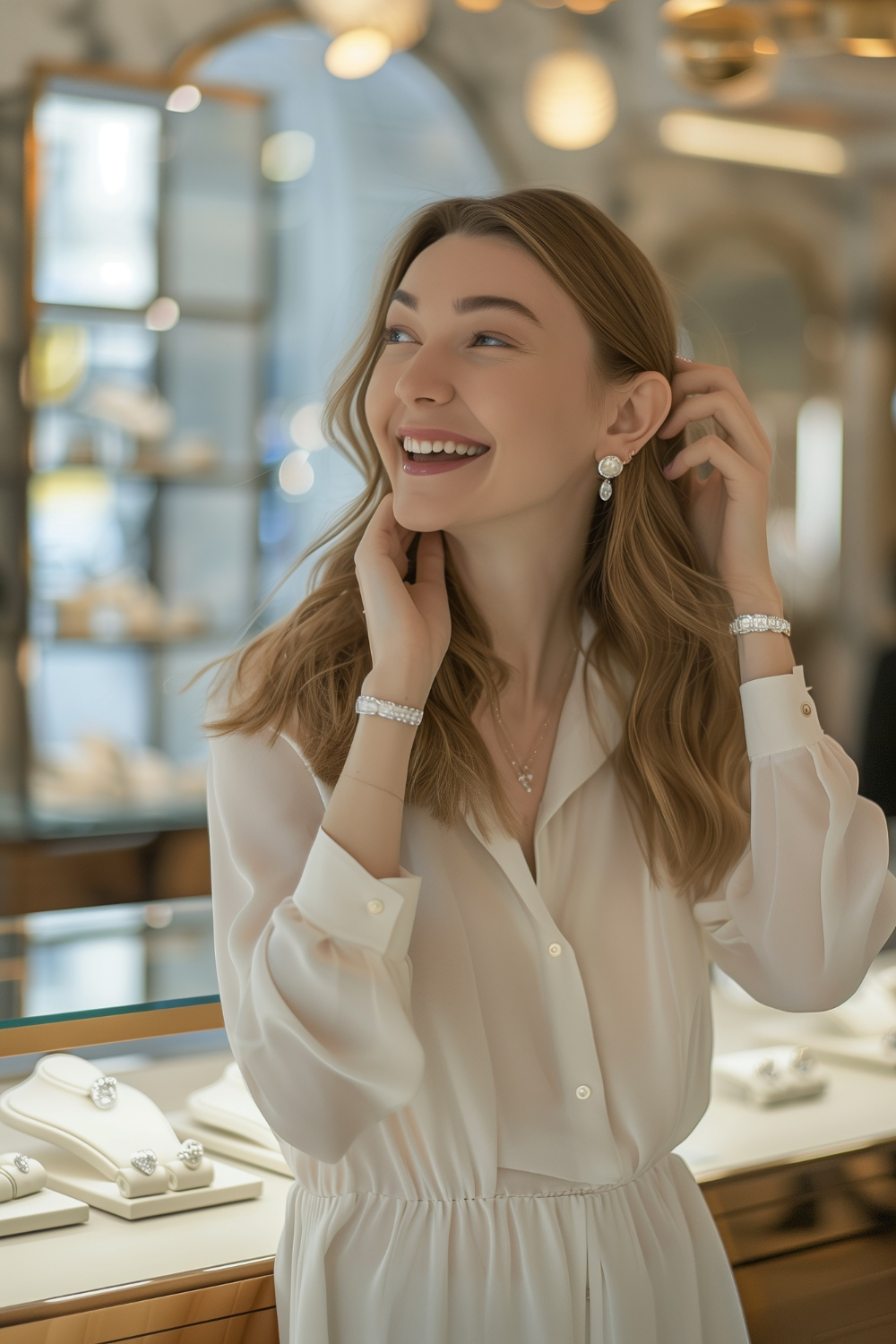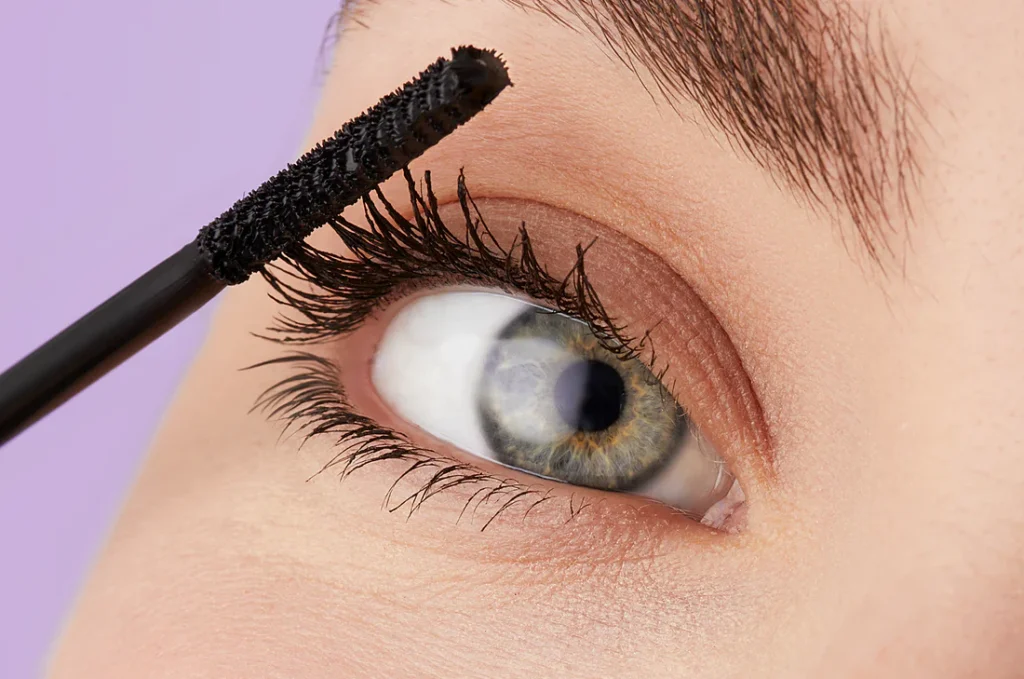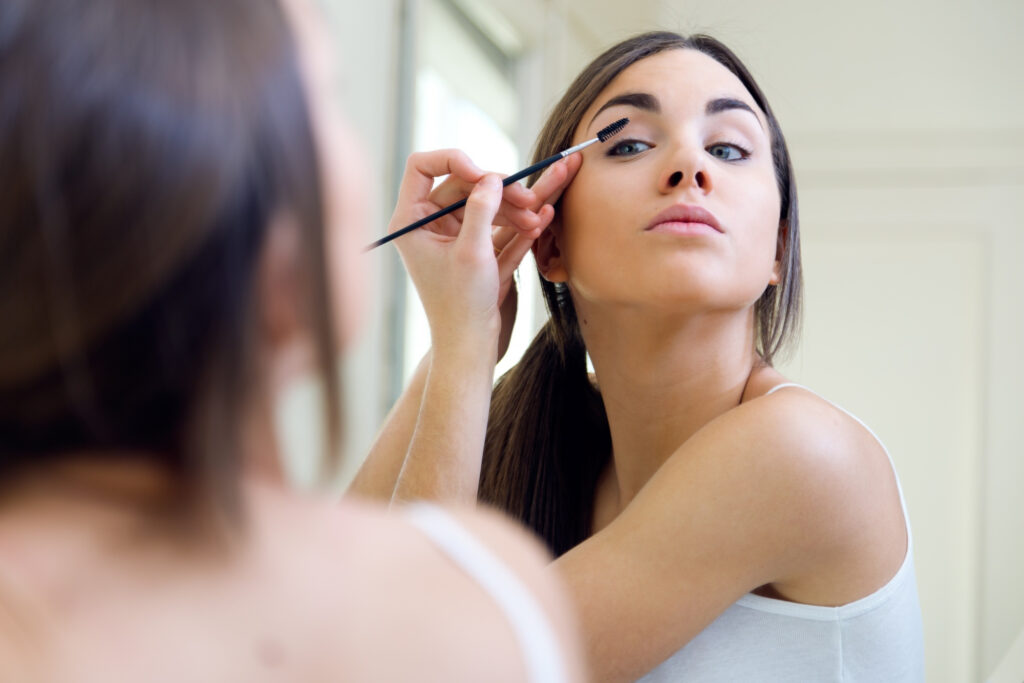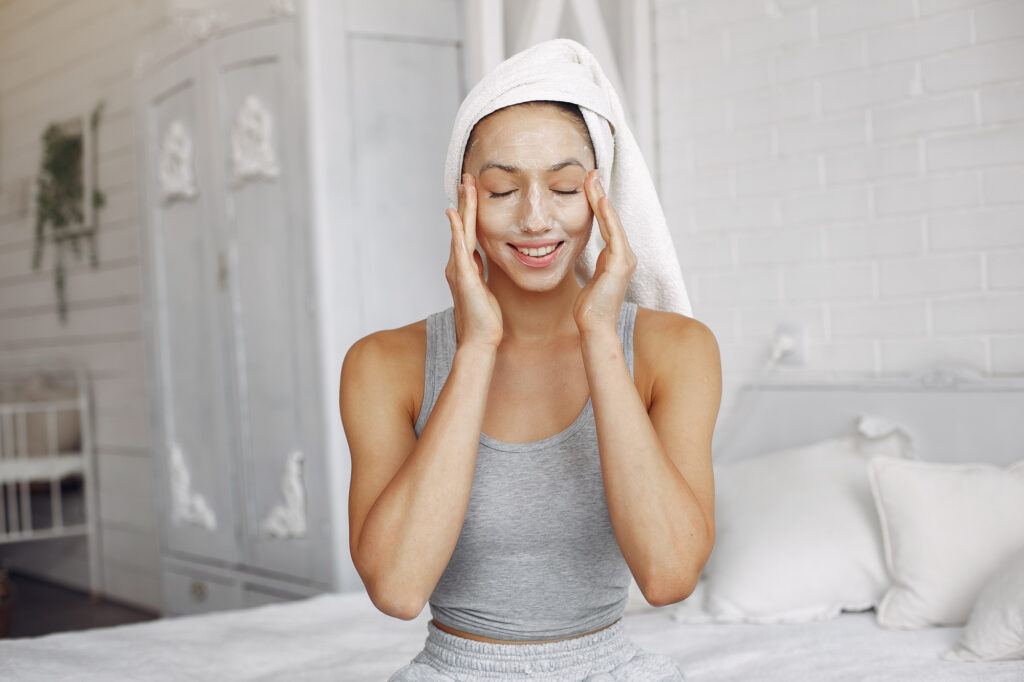What is a Primer and best Primers?

What is a Primer and best Primers?
In the realm of beauty, where flawless skin and long-lasting makeup are coveted goals, there exists a secret weapon that often goes unnoticed: primer. As a professional makeup artist, I’ve witnessed firsthand the transformative power of a well-chosen primer. It’s the unsung hero behind countless picture-perfect complexions, the key to unlocking a smooth, seamless canvas that lasts from morning till night.
But what exactly is a primer? Simply put, it’s a base product applied after your skincare routine but before your makeup. Think of it as the bridge between your nourishing creams and your artistic cosmetics, creating a harmonious foundation upon which your makeup masterpiece is built.
Why is Primer an Essential Step in Your Beauty Routine?
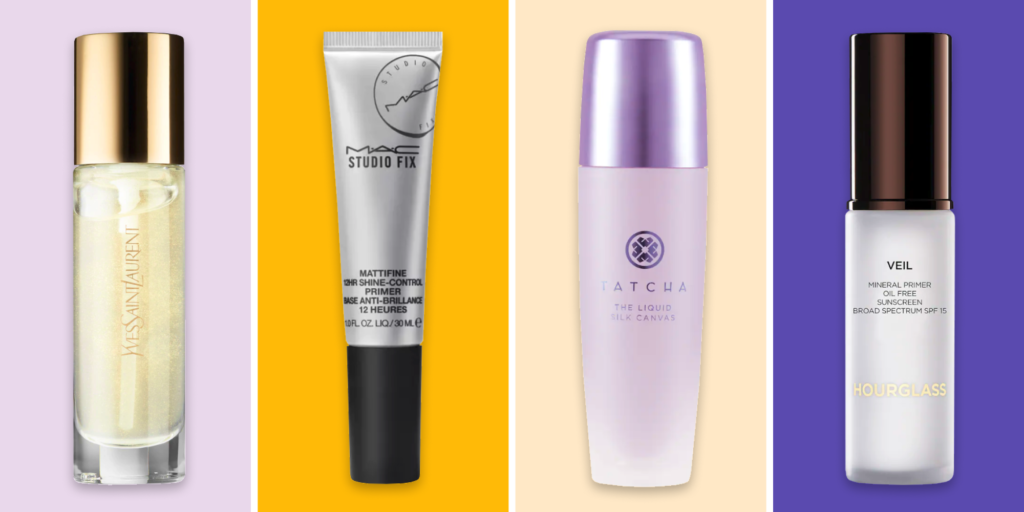
Primer isn’t just another product to add to your collection; it’s a game-changer that can elevate your entire makeup look. It’s the secret weapon that professionals and beauty enthusiasts alike rely on to achieve a flawless, long lasting finish.
The Myriad Benefits of Primer
- Extends Makeup Longevity: A primer acts as a protective barrier between your skin and your makeup, preventing it from fading, creasing, or breaking down throughout the day. Say goodbye to midday touch ups and hello to a fresh, vibrant look that lasts.
- Refines Skin Texture: Primers can work wonders to minimize the appearance of pores, fine lines, and uneven texture. They create a smoother, more even surface for makeup application, giving you that coveted airbrushed effect.
- Controls Oil and Shine: If you struggle with oily skin, a mattifying primer can be your new best friend. It helps to regulate excess oil production, keeping your skin matte and preventing unwanted shine throughout the day.
- Hydrates and Nourishes: For those with dry or mature skin, a hydrating primer can provide a much needed boost of moisture. It prevents your makeup from looking cakey or dry, ensuring a smooth and comfortable wear.
- Enhances Skin Radiance: Some primers contain light reflecting particles that can impart a subtle, healthy glow to your complexion. They create a luminous base that shines through your makeup, giving you a radiant, lit from within look.
Decoding the Different Types of Primers
Just as every individual’s skin is unique, primers come in a variety of formulations to cater to specific needs:
- Hydrating Primers: Ideal for dry or dehydrated skin, these primers are enriched with moisturizing ingredients like hyaluronic acid and glycerin to replenish moisture levels.
- Mattifying Primers: Designed for oily or combination skin, these primers help to control shine and keep your makeup looking fresh and matte throughout the day.
- Blurring Primers: These primers work to minimize the appearance of pores, fine lines, and other imperfections, creating a smoother, more even skin texture.
- Color-Correcting Primers: These primers utilize color theory to neutralize specific skin concerns, such as redness, sallowness, or dark circles.
- Illuminating Primers: These primers contain light-reflecting particles that add a subtle radiance to the skin, creating a healthy, glowing complexion.
Choosing the Perfect Primer for Your Skin Type
Selecting the right primer is crucial for maximizing its benefits. Consider your skin type and any specific concerns you may have:
- Oily Skin: Opt for a mattifying, oil free primer that contains ingredients like silicone or salicylic acid to control shine and minimize pores.
- Dry Skin: Choose a hydrating primer with moisturizing ingredients like hyaluronic acid, glycerin, or natural oils to prevent dryness and flaking.
- Combination Skin: Look for a primer that balances oil control and hydration, focusing on the areas where you tend to get oily (usually the T-zone).
- Sensitive Skin: Select a fragrance-free, hypoallergenic primer that is gentle on your skin and free from harsh chemicals or irritants.
Introducing the Stars of the Primer World
- Maybelline New York Face Studio Master Prime: This affordable and accessible primer comes in a variety of formulas to address different skin concerns, from smoothing fine lines to controlling oil.
- Sheglam Insta-Ready Face Primer: This budget friendly primer is a favorite for its smoothing and blurring effects, creating a flawless base for makeup application.
- NARS Pore & Shine Control Primer: This high end primer is a cult favorite for its ability to minimize pores and control shine without drying out the skin.
- Smashbox Photo Finish Foundation Primer: This iconic primer is a cult favorite among makeup artists and beauty enthusiasts alike. Its velvety texture smooths skin, blurs imperfections, and creates a perfect base for makeup application.
- Hourglass Veil Mineral Primer: This luxurious primer not only creates a smooth canvas for makeup but also provides SPF 15 protection. Its lightweight, silky formula minimizes pores, controls oil, and enhances radiance.

The Art of Primer Application
- Cleanse and Moisturize: Begin with a clean, well moisturized face.
- Apply Primer: Apply a small amount of primer to your face, focusing on areas where you have pores, fine lines, or tend to get oily.
- Blend: Gently blend the primer into your skin using your fingertips, a makeup sponge, or a brush.
- Allow it to Set: Give the primer a minute or two to fully absorb before applying your makeup.
Expert Tips for Primer Perfection
- Less is More: Start with a pea sized amount and add more if needed.
- Target Problem Areas: Concentrate the primer on areas of concern, such as the T zone or around the eyes.
- Customize Your Approach: Use different primers for different areas of your face to address specific needs.
- Don’t Skip Skincare: Primer is not a substitute for proper skincare. Always cleanse and moisturize your skin before applying primer.
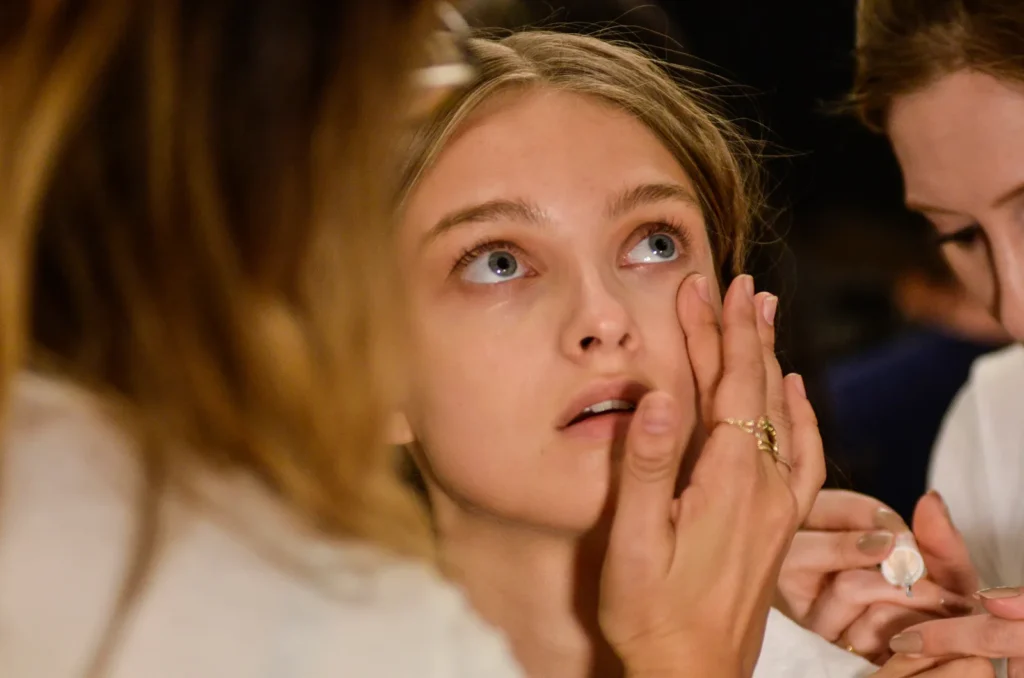
Frequently Asked Questions about Primers
- Q: Do I need to use a primer every day?
- A: It depends on your preference and how long you need your makeup to last.
- Q: Can I use primer without makeup?
- A: Yes, primer can help to smooth your skin and create a more even tone, even without makeup.
- Q: Can I use different types of primers for different areas of my face?
- A: Absolutely! You can use a mattifying primer on your T-zone and a hydrating primer on your cheeks, for example.
The Final Verdict on What is a Primer
Primer is a valuable investment for anyone who wants to achieve a flawless, long lasting makeup look. By choosing the right primer for your skin type and following the application tips in this article, you can unlock the secret to a perfect complexion that lasts all day. Explore the wide selection of high quality primers available at Luxelasho and find your perfect match.


